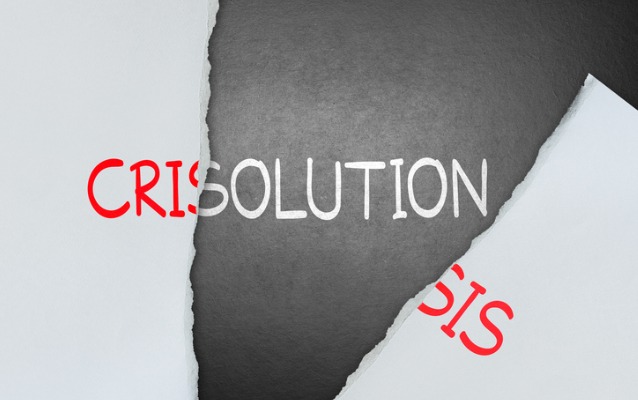This phrase makes more sense today than ever before, and interestingly for everyone around. Is there really a way to make the best out of adverse situation? Can we do anything to make the best out of this adverse situation we are all in? If yes, then how?
A majority of people around us have not seen an adverse situation like this before. This is proven by the way individuals, organisations and even countries are handling it. At the risk of sounding repetitive, I have to say – these are unprecedented, uncertain adverse times! It is as if we have been left in the middle of a battlefield without any attacking or protective gear. What do we do? How do we handle this?
Acceptance
This is the first step to handling any negative situation. This applies to businesses and individuals alike. Very often denial or defiance is the first reaction most have when they see a crisis staring at them in the face. While it may be natural or human to react in this way, the sooner we accept the situation, the better it is. It is the first step to coming out of the adverse situation. Acceptance changes our thinking process. It can either lead one to a negative path where helplessness, mental fatigue and a feeling of being powerless and paralyzed dominate. Alternatively, one can opt to follow the positive path where planning, strategising and showing courage rule.
Planning & Strategising
This is the logical next step once we have accepted that there is a negative situation at hand. Individuals and businesses need to strategise for resources, finances and several other aspects. If this stage is handled and planned well, the battle is half won. However, the one thing that remains constant during an adverse or crisis situation is ‘change’. Crisis situations are extremely dynamic and volatile. So, a strategy that may make complete sense today, may have to be thrown out of the window tomorrow. This brings me to the next two points on handling a crisis.
Agility
Being agile and quick to adapt to changing situations is a priceless quality to have. Changing situations require us to act, behave and respond differently. Adapting to changing situations ensures that we as individuals or businesses are not left behind. We may need to adapt to different modes of working – like working from home and for home in the current situation. Modes of communication may change with changing situations, priorities on expenditure may see a sea change, priorities of different activities may need to change and so on. Planning for an adverse situation necessarily requires planning for changing situations.
Contingencies
Always have a plan B … and C and D because as Murphy’s law states ‘Whatever can go wrong, will go wrong.’ Plan for strategies to go wrong, plan for deflated success, plan for human error, basically plan for things that you are sure will never happen. I mean who had imagined this would happen – A virus could send the entire humankind into house arrest, a virus could lead to a potential collapse of economies. But it did happen and we are living right through it.
Implementation and Success
Once you reach the stage of implementing your plans, be sure to follow your strategies. While this may not necessarily guarantee success, it will ensure you are able to identify the cause of failures, if any. Mapping the steps taken against your strategy will help you identify where you went wrong. Whether it was the assumptions during strategising that were fallacious or did something go wrong during execution. This will in turn lead to better strategising in future.
Here’s to leading that pack of wolves…
The views and opinions published here belong to the author and do not necessarily reflect the views and opinions of the publisher.




Be the first to comment on "When life throws you to the wolves, return leading the pack!"